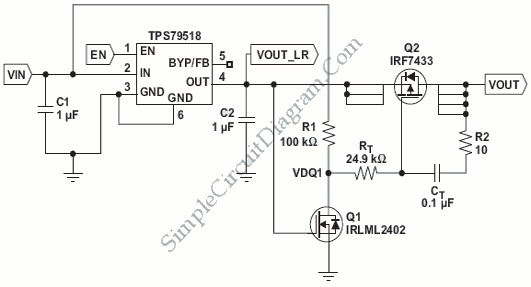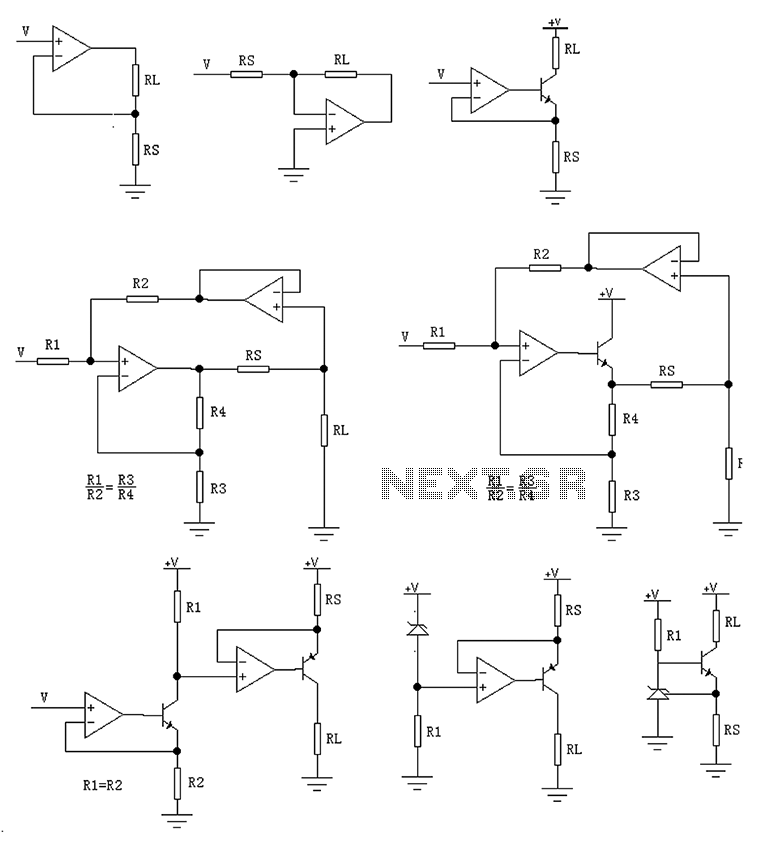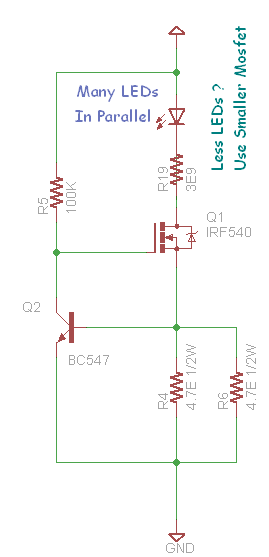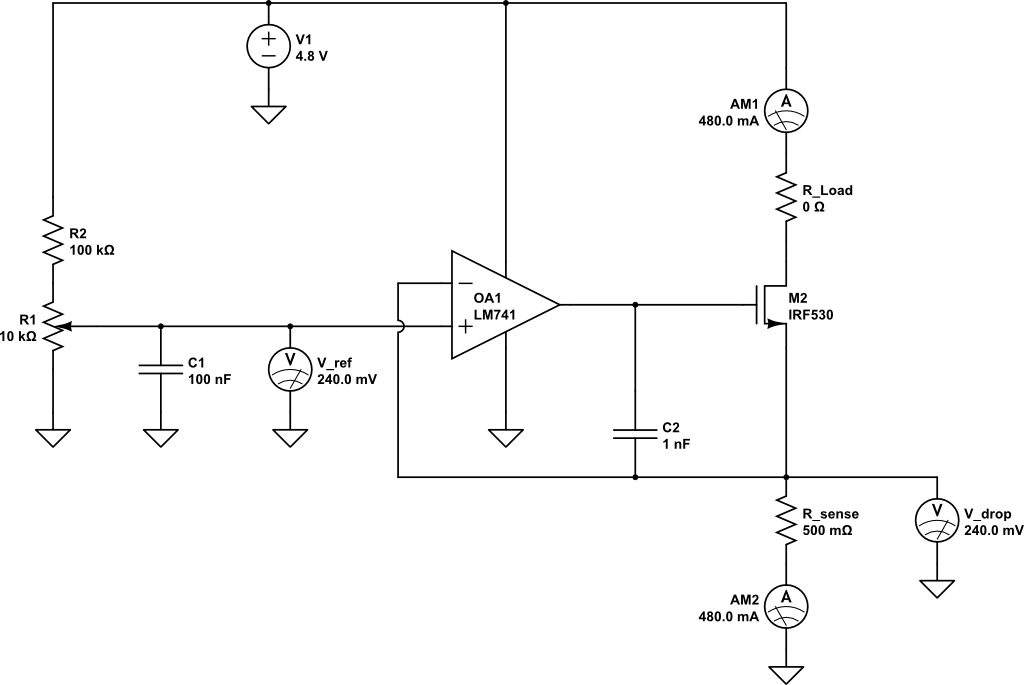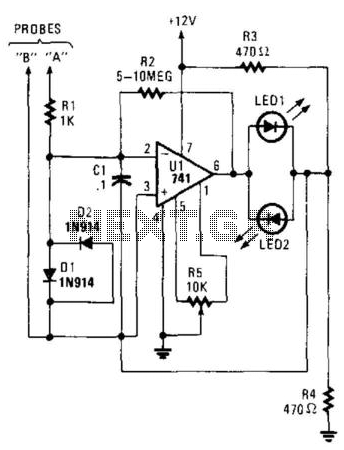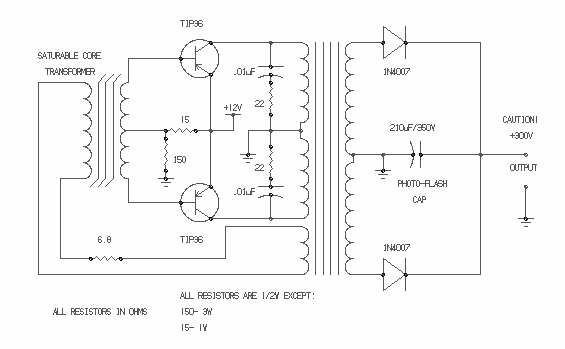
A Cheap Tiny LDO Provides up to 2A Output Current
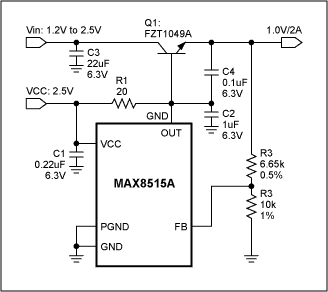
The article demonstrates how to integrate an NPN transistor along with a few external components into a shunt regulator to develop a cost-effective low-dropout (LDO) regulator. This compact LDO operates without the need for output capacitors and is capable of delivering an output current of up to 2A.
The described circuit utilizes an NPN transistor to enhance the performance of a shunt regulator, effectively transforming it into an LDO. The implementation involves connecting the NPN transistor in such a way that it regulates the output voltage while allowing for a higher current output than the original shunt configuration.
Key components include the NPN transistor, resistors for biasing and feedback, and possibly a zener diode to set the reference voltage. The absence of output capacitors is a significant advantage, as it reduces the overall component count and minimizes the size of the circuit, making it suitable for compact applications.
In operation, the NPN transistor acts as a pass element, controlling the voltage drop across it based on the feedback received from the output voltage. This feedback loop ensures that the output remains stable under varying load conditions, thus providing a reliable power supply for sensitive electronic devices. The design's ability to deliver up to 2A output current makes it versatile for various applications, from powering microcontrollers to driving other electronic circuits requiring stable voltage levels.
Overall, this approach to creating an LDO using a shunt regulator and an NPN transistor exemplifies an efficient method to achieve low dropout voltage and high current output while maintaining simplicity and cost-effectiveness in design.Article shows how to add an NPN transistor and few external components to a shunt regulator to create inexpensive LDO. Tiny LDO uses no output capacitors and provides up to 2A output current.. 🔗 External reference
The described circuit utilizes an NPN transistor to enhance the performance of a shunt regulator, effectively transforming it into an LDO. The implementation involves connecting the NPN transistor in such a way that it regulates the output voltage while allowing for a higher current output than the original shunt configuration.
Key components include the NPN transistor, resistors for biasing and feedback, and possibly a zener diode to set the reference voltage. The absence of output capacitors is a significant advantage, as it reduces the overall component count and minimizes the size of the circuit, making it suitable for compact applications.
In operation, the NPN transistor acts as a pass element, controlling the voltage drop across it based on the feedback received from the output voltage. This feedback loop ensures that the output remains stable under varying load conditions, thus providing a reliable power supply for sensitive electronic devices. The design's ability to deliver up to 2A output current makes it versatile for various applications, from powering microcontrollers to driving other electronic circuits requiring stable voltage levels.
Overall, this approach to creating an LDO using a shunt regulator and an NPN transistor exemplifies an efficient method to achieve low dropout voltage and high current output while maintaining simplicity and cost-effectiveness in design.Article shows how to add an NPN transistor and few external components to a shunt regulator to create inexpensive LDO. Tiny LDO uses no output capacitors and provides up to 2A output current.. 🔗 External reference
